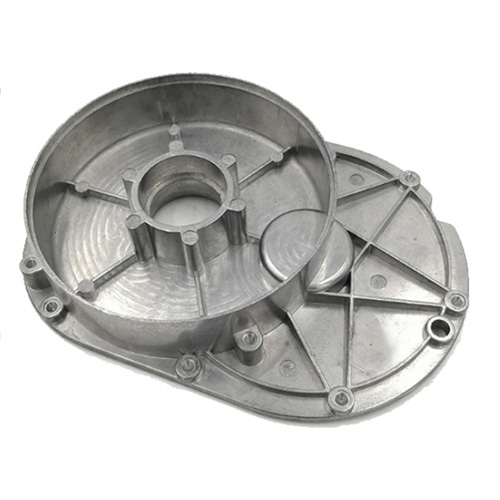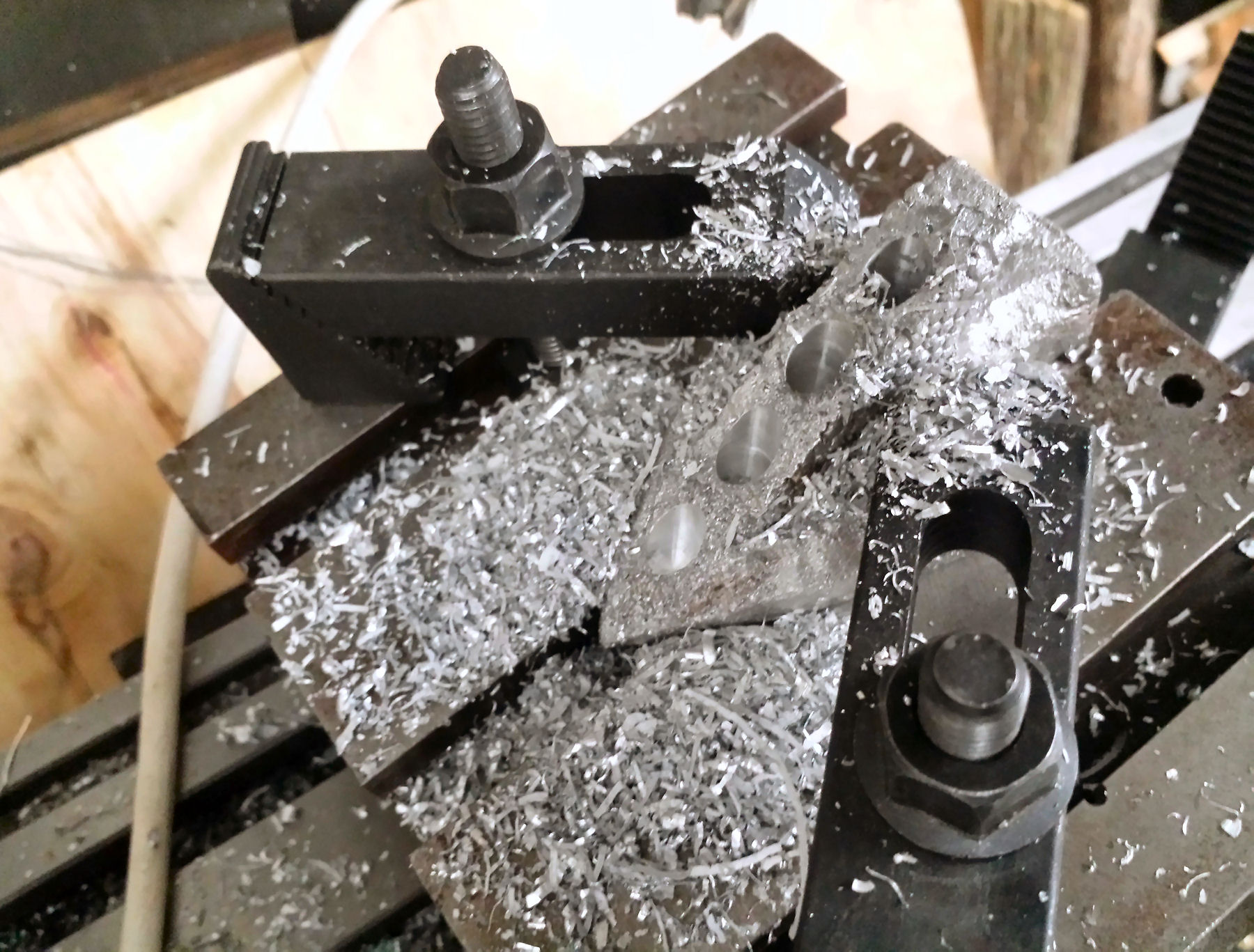The 4-Minute Rule for Alcast Company
The 4-Minute Rule for Alcast Company
Blog Article
All about Alcast Company
Table of ContentsAlcast Company for BeginnersExcitement About Alcast Company8 Easy Facts About Alcast Company ExplainedIndicators on Alcast Company You Need To KnowThe 20-Second Trick For Alcast CompanyThe 5-Second Trick For Alcast Company
The subtle difference hinges on the chemical content. Chemical Contrast of Cast Light weight aluminum Alloys Silicon promotes castability by decreasing the alloy's melting temperature level and improving fluidity during spreading. It plays a critical function in allowing complex molds to be filled accurately. Additionally, silicon contributes to the alloy's stamina and put on resistance, making it valuable in applications where resilience is important, such as automobile parts and engine components.It also enhances the machinability of the alloy, making it simpler to process into finished products. In this method, iron adds to the total workability of light weight aluminum alloys. Copper boosts electrical conductivity, making it useful in electrical applications. It likewise improves rust resistance and contributes to the alloy's total stamina.
Manganese contributes to the stamina of light weight aluminum alloys and boosts workability. Magnesium is a light-weight component that offers toughness and effect resistance to aluminum alloys.
Getting My Alcast Company To Work
Zinc improves the castability of light weight aluminum alloys and helps control the solidification process during casting. It improves the alloy's stamina and firmness.

The primary thermal conductivity, tensile strength, yield stamina, and elongation vary. Select suitable raw products according to the performance of the target product generated. Among the above alloys, A356 has the highest thermal conductivity, and A380 and ADC12 have the cheapest. The tensile limit is the contrary. A360 has the best return toughness and the highest prolongation rate.
The Ultimate Guide To Alcast Company

In accuracy casting, 6063 is well-suited for applications where detailed geometries and top notch surface finishes are paramount. Instances include telecommunication units, where the alloy's remarkable formability permits for smooth and aesthetically pleasing styles while keeping architectural stability. Similarly, in the Lighting Solutions sector, precision-cast 6063 elements create elegant and effective lighting components that require detailed shapes and excellent thermal performance.
The A360 exhibits exceptional elongation, making it optimal for complicated and thin-walled parts. In precision spreading applications, A360 is well-suited for sectors such as Customer Electronic Devices, Telecommunication, and Power Devices.
Alcast Company - Truths
Its distinct residential or commercial properties make A360 a useful selection for precision casting in these sectors, enhancing item toughness and top quality. Light weight aluminum alloy 380, or A380, is a commonly used spreading alloy with numerous unique attributes. It offers outstanding castability, making it a perfect option for accuracy casting. A380 exhibits good fluidness when molten, making sure detailed and thorough molds are precisely replicated.
In precision spreading, aluminum 413 beams in the Customer Electronics and Power Devices sectors. Go Here This alloy's remarkable deterioration resistance makes it an exceptional choice for exterior applications, making certain long-lasting, sturdy items in the mentioned sectors.
Alcast Company Fundamentals Explained
Once you have determined that the light weight aluminum die casting process is appropriate for your job, an important following action is choosing the most ideal alloy. The aluminum alloy you pick will significantly impact both the casting procedure and the properties of the last item. As a result of this, you should make your choice meticulously and take an enlightened method.
Figuring out the most suitable light weight aluminum alloy for your application will certainly suggest weighing a wide array of qualities. The very first group addresses alloy features that affect the production process.
Get This Report on Alcast Company
The alloy you pick for die casting straight impacts a number of elements of the spreading process, like exactly how simple the alloy is to deal with and if it is susceptible to casting problems. Hot breaking, likewise called solidification splitting, is a regular die casting defect for light weight aluminum alloys that can lead to interior or surface-level splits or fractures.
Particular aluminum alloys are much more vulnerable to warm cracking than others, and your selection must consider this. Another common issue discovered in the die spreading of aluminum is pass away soldering, which is when the cast adheres to the die walls and makes ejection difficult. It can harm both the actors and the die, so you need to search for alloys with high anti-soldering buildings.
Deterioration resistance, which is already a notable feature of aluminum, can differ substantially from alloy to alloy and is a necessary characteristic to take into consideration depending on the ecological problems your product will be exposed to (Aluminum Casting). Wear resistance is an additional residential property generally sought in light weight aluminum items and can set apart some alloys
Report this page